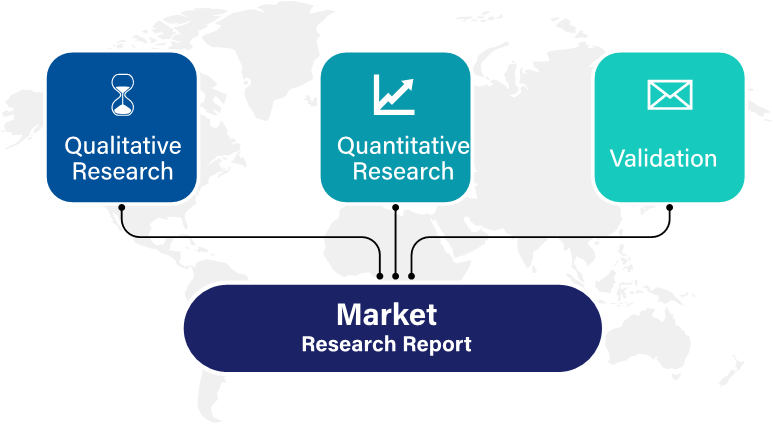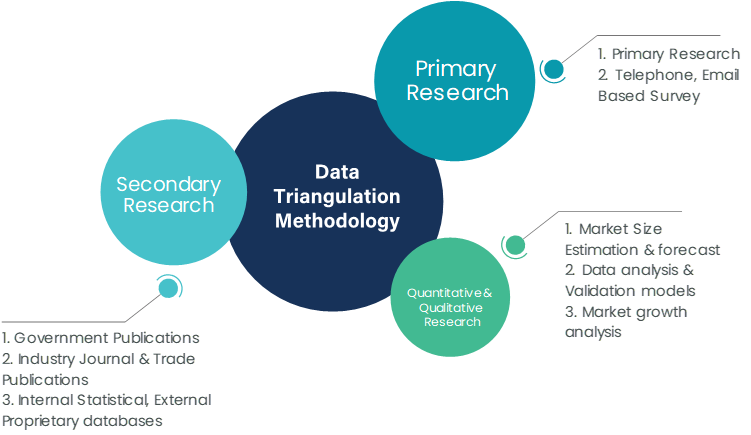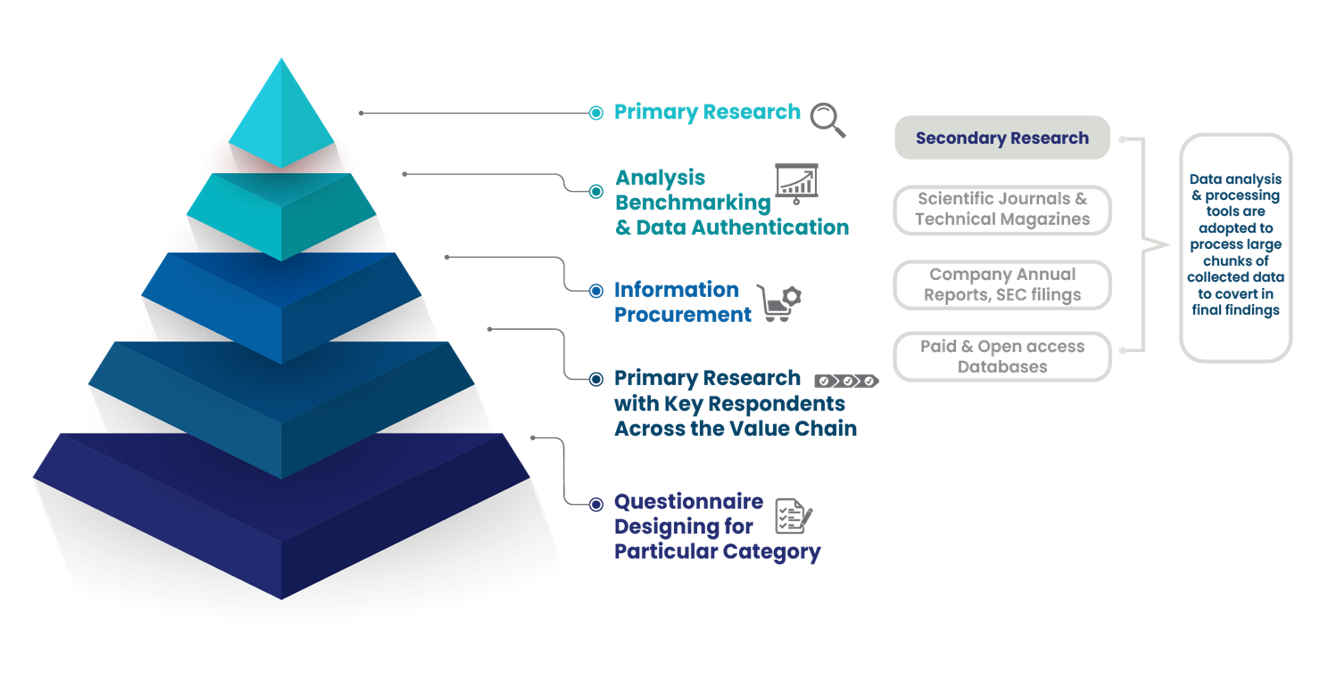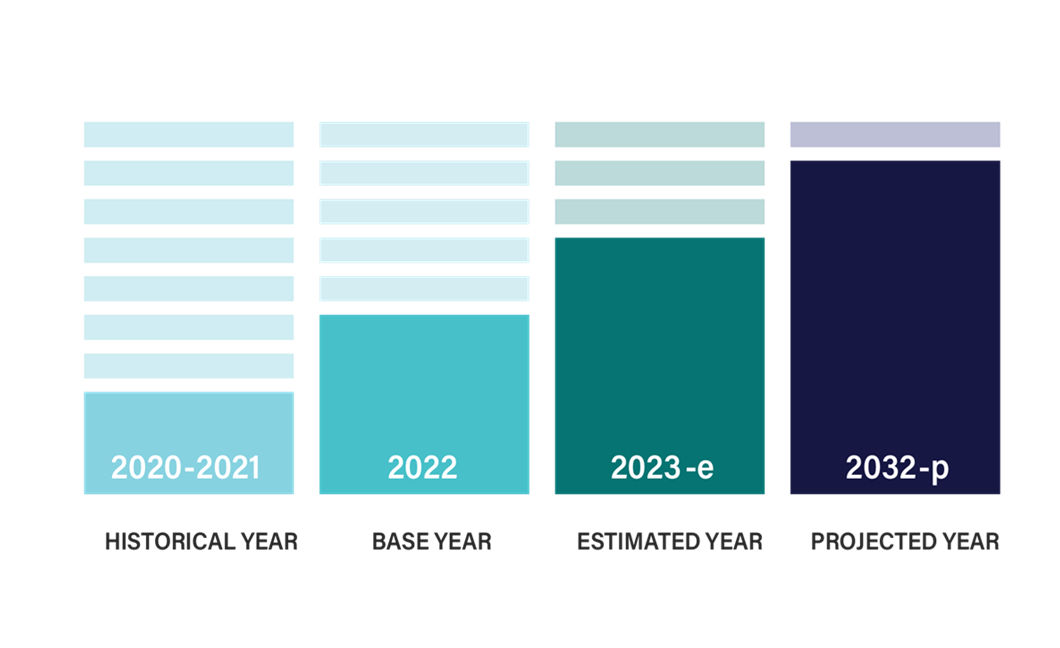

The material informatics market is poised for substantial growth over the next decade, driven by advancements in data science, machine learning, and computational tools that are transforming the way materials are discovered, designed, and optimized. Material informatics refers to the application of data analytics, machine learning algorithms, and artificial intelligence (AI) in materials science to accelerate the process of developing new materials with enhanced properties and performance. As industries seek more efficient and sustainable materials for use in various applications, the demand for material informatics services and solutions is expected to soar. According to International Market Research (IMR), the global material informatics market was valued at approximately USD 1.9 billion in 2023 and is projected to grow at a robust compound annual growth rate (CAGR) of 22.4%, reaching an estimated USD 7.4 billion by 2031.
Market Overview
Material informatics combines materials science with data science to unlock insights from large datasets of materials properties, enabling faster innovation and more precise material selection for various industrial applications. The integration of computational models, simulation techniques, and AI tools has made it possible to predict material properties before they are physically tested, which is saving both time and cost in product development.
The growing need for advanced materials across industries such as aerospace, automotive, energy, healthcare, and electronics is a major driver of the market. Moreover, the ongoing shift toward sustainable and eco-friendly materials is creating a vast market opportunity for material informatics solutions. The ability to design materials with customized properties, improve performance, and minimize environmental impact is driving investment in material informatics technologies.
Market Drivers
1. Growing Demand for Advanced Materials
The demand for advanced materials with superior properties, such as higher strength, better thermal conductivity, and improved corrosion resistance, is increasing across various industries. Material informatics plays a critical role in identifying, developing, and optimizing these materials. For instance, the aerospace and automotive industries require materials that are not only lightweight but also possess exceptional durability and performance under extreme conditions.
2. Emerging Applications in Healthcare and Electronics
Material informatics is significantly impacting industries such as healthcare and electronics, where the development of specialized materials is crucial for innovations. In healthcare, the field of biomaterials is advancing rapidly, with researchers using material informatics to develop materials for implants, prosthetics, and drug delivery systems. Similarly, in electronics, material informatics is being applied to design next-generation semiconductors, batteries, and other electronic components.
3. Increased Research and Development Investment
In 2023, the global research spending on material science and related disciplines surpassed USD 8 billion, with a projected increase of 2.5% annually. Material informatics is at the center of these investments, as companies and institutions look for ways to accelerate material discovery and development processes. Additionally, private sector investment in AI and data-driven material science is growing rapidly.
4. Sustainability and Environmental Impact
As global sustainability concerns continue to rise, industries are increasingly focusing on materials that reduce environmental impact. The use of material informatics to design sustainable materials and recycling methods has grown substantially, especially in industries such as construction, energy, and packaging. The ability to model material behavior and assess environmental impact in the early stages of product development can lead to more eco-friendly materials with lower carbon footprints.
Market Segmentation
The material informatics market is categorized based on application, end-user industry, deployment type, and region. Each segment is expected to grow at varying rates as different industries embrace material informatics technologies.
By Application
By End-User Industry
By Deployment Type
By Region
Competitive Landscape
The material informatics market is highly competitive, with several key players focusing on enhancing their product offerings, expanding their customer base, and forging strategic partnerships. Prominent companies in the material informatics space include:
These companies are investing heavily in AI and machine learning technologies to improve their material discovery and optimization platforms. Strategic partnerships between material science companies and AI startups are becoming more common as firms look to accelerate the development of next-generation materials.
Future Outlook
The material informatics market is expected to see strong growth through 2031, with numerous industries benefiting from the ability to design, optimize, and discover advanced materials more quickly and cost-effectively. The increased focus on sustainability, combined with the growing need for innovative materials across sectors like aerospace, automotive, and electronics, will drive continued investment in material informatics solutions.
IMR forecasts that the material informatics market will experience a shift toward more AI-powered solutions, especially in materials design and optimization. The adoption of cloud-based solutions will continue to increase, providing enhanced accessibility and collaboration for research teams worldwide.
In conclusion, the material informatics market represents a dynamic and evolving space that will play a critical role in the future of material development, with substantial growth expected over the forecast period. Companies that leverage the power of AI, machine learning, and advanced computational models will be at the forefront of this transformation, driving innovation across industries.
International Market Research follows a comprehensive research methodology dedicated to offering the most accurate market estimation and analysis. It leverages a data triangulation methodology to estimate the market dynamics and deliver precise estimations. The company exploits a combination of top-down and bottom-up approaches for classifying and assessing quantitative aspects of the market.

This research study is based on exhaustive quantitative and qualitative analysis.
The Quantitative analysis involves numerous models, mathematical tools, projection, and sampling techniques. It encompasses the following steps:
Recognize market variables and derive market size.
Valuation of prospects, opportunities, and market penetration rates by analyzing Application Predictive Maintenance Solutionzation, regional trends, etc.
Gauge historical market trends and derive present and future year-on-year growth trends
The qualitative analysis covers briefing about market dynamics and business opportunities and strategies. Lastly, all the research findings are authenticated over interviews with in-house industry experts, freelance consultants, and key opinion leaders, etc.


The preliminary raw data and relevant information are acquired via different sources such as secondary findings, trade surveys, and in-house repositories. Technical issues and trends are attained from technical symposia, surveys, and trade journals. Market dynamics such as driving factors, restraints/challenges, pricing trends, and opportunities are also collected using extensive secondary research via paid and open access data sources.
This info is then filtered to make sure that the related data including market trends, industry dynamics, and outlook is retained for the further research End-user. Data is constantly filtered to confirm that only authenticated sources are measured.
It comprises analysis & mapping of all the data gathered from the above step. It also includes the analysis of data differences observed across numerous data sources and arrives at final data points to be used for final calculations.
This step involves data End-user using various models, mathematical tools, projection, and sampling techniques to derive market findings. It also involves the placement of data points at suitable market spaces to gather viable conclusions.
Market estimates and forecasts are derived via simulation models. Collected data for market dynamics, Propulsion Type sets, pricing trends, and Type development is fed into the model and evaluated simultaneously. These factors are studied on a comparative basis, and their influence over the prediction period is quantified by means of regression, correlation, and time-series exploration. Analyst viewpoint & subject matter expert-based heuristic form of market sizing also plays an essential part in this step.
Some of the parameters measured as a part of the statistical model are:
Macro-economic indicators
Micro-economic indicators
Socio-political indicators
Environmental indicators
Propulsion Type indicators
Validation End-user aids to finalize data points to be used for final calculations. Primary Interviews are conducted to authenticate the data and analysis.
Primary research includes questionnaire-based research, email interactions, online surveys, and telephonic interviews. Interviewees are approached by prominent companies across the value chain including suppliers, Propulsion Type providers, domain experts, and buyers to ensure a holistic and unbiased picture of the market.
Industry participants involved in this research study include:
CEOs, VPs, market intelligence managers
Procuring and national sales managers technical personnel, distributors, and resellers
Research analysts and key opinion leaders from various domains
Our research methodology includes an ideal combination of primary and secondary initiatives.

Source: International Market Research Analysis, 2024
It involves company databases such as Hoover's: This assists us to recognize financial information, the structure of the market participants, and the industry competitive landscape.
The secondary research sources referred to in the End-user are as follows:
Supply Chain and Inventory Managemental bodies, and organizations creating economic policies
National and international social welfare institutions
Company websites, financial reports and SEC filings, broker and investor reports
Related patent and regulatory databases
Statistical databases and market reports
Corporate Presentations, news, press release, and specification sheet of Manufacturers
Open access and paid data sources:
Eurostat
Statista
OneSource
Plastemart
WHO and World Bank
ITU
Factiva
Hoovers
Primary research includes online surveys and telephonic interviews.
Means of primary research: Email interactions, telephonic discussions, and questionnaire-based research, etc.
To validate our research findings and analysis, we conduct primary interviews of key industry participants. Insights from primary respondents help in validating the secondary research findings. It also develops Research Team’s expertise and market understanding.
Industry participants involved in this research study include:
CEOs, VPs, market intelligence managers
Procuring and national sales managers technical personnel, distributors, and resellers
Research analysts and key opinion leaders from various domains
We employ of following parameters in the absence of concrete data sources:
We assign weights to various parameters and quantify their market influence with the help of weighted average analysis, to derive an expected market growth rate
Income distribution, purchasing pattern, per capita income, and other end-user associated parameters
GDP, inflation rate, per capita disposable income, etc.
Expenditure, financial policies of the country, infrastructure and sector growth, and facilities

Source: International Market Research Analysis, 2024
International Market Research(IMR) is global leader in Market Research & Consulting services.